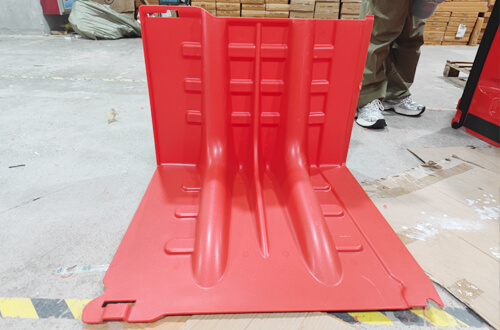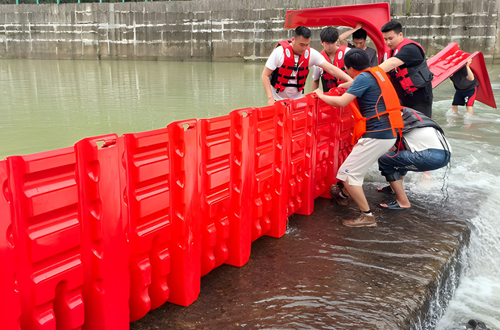
Aluminum Flood Barriers Usually made of 6063 aluminum alloy (including side columns) by extrusion.
Design features:
Simple and practical design, instantaneous water blocking. It adopts the principle of “l” type book blocking and the design concept of “stopping water with water”, when the flood comes, the weight of the flood water is suppressed at the bottom of the blocking plate, which can be converted into pressure, so that the blocking plate can stand very stably, and the higher the water level is, the more reliable the water blocking effect is.
It has good sealing, effectively blocking flood water from intruding into the indoor and underground parking lot, etc., and reducing the economic loss caused by flooding.
Use and maintenance:
A wide range of application scenarios can be used in the following places:

気候変動や異常気象がますます深刻化する中で、都市の能力は、そのような気候変動や異常気象に対処するために必要不可欠なものとなっている。

素材と構造 1.優れた素材:一般的にABSプラスチックから構成され、この材料は、...

地球温暖化によって異常気象が増加し、大雨による洪水や洪水...

アルミニウムとABSの洪水バリアには、素材や性能の面で大きな違いがある。

なぜ質の交通ガードレールのハイウェーのガードレールはハイウェーの安全のために重大であるか。 1.安全性の向上